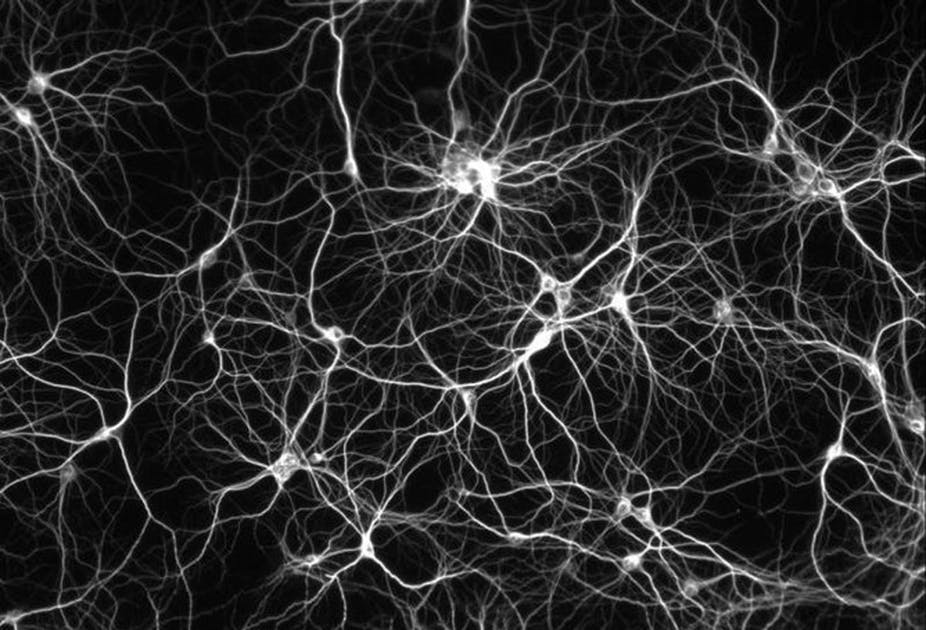New research confirms that magnetic stimulation of the posterior parietal cortex could enhance the functional connectivity of a neural network associated with memory, validating previous findings. The results were published in eNeuro.
According to the findings: “Wang et al. found that that five daily sessions of repetitive transcranial magnetic stimulation (rTMS) of the posterior parietal cortex (PPC) significantly increased functional connectivity (FC) in a network centered on the hippocampus, and caused a correlated increase in memory performance in humans.”
“However, this finding has not been reproduced independently and the requirement for five sessions has not been validated. We aimed to reproduce the imaging results of this experiment, focusing on hippocampal FC changes and using fewer days of rTMS.”
For the study, among adult participants, a group of researchers at the Society for Neuroscience measured resting-state functional connectivity before and after three or four daily posterior parietal cortex sessions with repetitive transcranial magnetic stimulation, utilizing a similar method reported in previous studies.
“Eight subjects received three days of rTMS delivered to the vertex as a control. We employed whole-brain and hypothesis-based statistical approaches to test for hippocampal FC changes,” the findings indicated.
“Additionally, we calculated FC in 17 brain networks to determine whether the topographic pattern of FC change was similar between studies. We did not include behavioral testing in this study.”
As observed in previous findings, the new study reported enhanced functional connectivity after only three daily sessions in the adult participants. The results confirm that magnetic stimulation of the posterior parietal cortex increases the functional connectivity of a neural network associated with memory.
“These findings reproduce the imaging findings of Wang et al. and show that FC enhancement can occur after only 3-4 sessions of PPC rTMS,” the study’s co-authors concluded. “These results confirm and extend the initial finding and validate the technical approach.”


